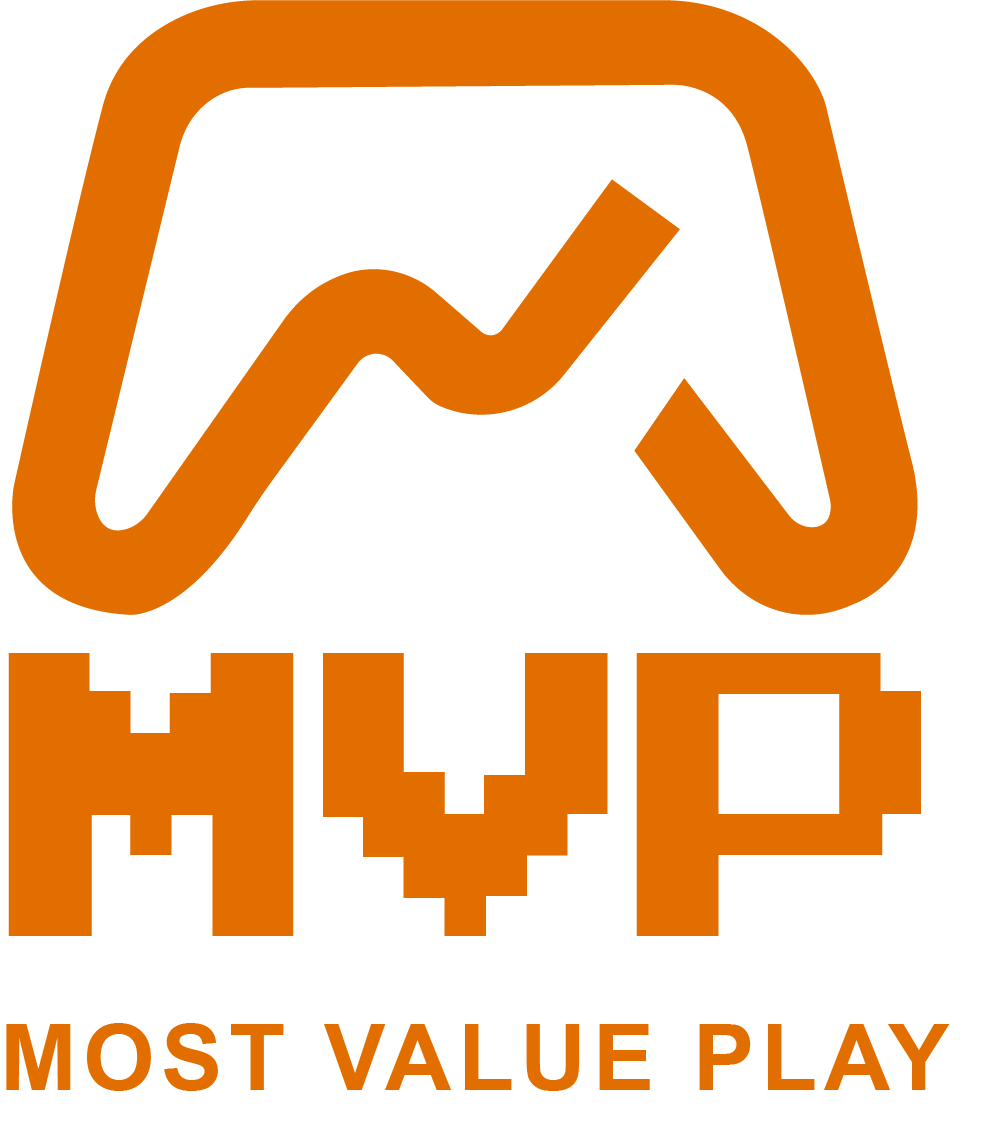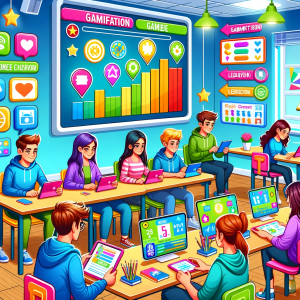As educators seek innovative ways to captivate and educate, gamification has emerged as a powerful tool in the educational landscape. At the heart of gamification are game mechanics—the building blocks that transform traditional learning into engaging educational experiences. Let’s explore how these mechanics can be applied in the classroom to enhance learning and maintain student interest.
Understanding Game Mechanics
Game mechanics are the elements that give structure to the gameplay, influencing player behavior and enhancing engagement. Common mechanics include points, levels, badges, leaderboards, and challenges. Each of these components plays a critical role in motivating students and making learning enjoyable.
Key Game Mechanics in Education
Points: Points are the most fundamental game mechanic. In an educational setting, points can be awarded for completing assignments, participating in class discussions, or achieving academic milestones. Points serve as a quantifiable measure of progress and success.
Badges: Badges are symbols of achievement that can be earned by mastering specific skills or completing particular challenges. They help to recognize and reward students’ efforts and achievements, providing a tangible goal to strive for.
Levels: Levels indicate a student’s progression through different stages of learning content. By advancing to higher levels, students can see a clear path of progression, which motivates them to continue learning and improving.
Leaderboards: Leaderboards rank students based on their performance, fostering a healthy competitive environment. This mechanic can encourage students to put forth their best effort, although it’s important to ensure it promotes positivity rather than discouragement.
Challenges: Challenges are tasks that require students to apply their knowledge in new or complex ways. These can be particularly engaging because they involve problem-solving and can be tailored to the individual learning pace and style of each student.
Benefits of Using Game Mechanics in Education
Increased Engagement: Game mechanics make learning more interactive and enjoyable, which can increase student engagement and participation.
Enhanced Motivation: The rewards and recognition provided by game mechanics like badges and points serve as strong motivators for students to excel.
Personalized Learning: Challenges and levels can be adjusted for different learning abilities, providing a personalized education experience that caters to the unique needs of each student.
Immediate Feedback: Game mechanics often allow for immediate feedback, helping students understand what they know and what they need to work on without delays.
Implementing Game Mechanics Effectively
Align with Educational Goals: Ensure that the game mechanics used support your educational objectives and are relevant to the curriculum.
Balance Competition and Collaboration: While competition can be motivating, it’s essential to balance this with opportunities for collaboration and teamwork.
Monitor and Adjust: Regularly assess the effectiveness of the game mechanics and be prepared to make adjustments based on student feedback and educational outcomes.
Keep It Simple: Start with basic mechanics and gradually introduce more complex elements as students become more comfortable with the gamification environment.
Game mechanics are a cornerstone of successful gamification strategies in education. By thoughtfully integrating these elements into the classroom, educators can create an engaging and dynamic learning environment that motivates students and enhances their educational experience. Embrace the power of game mechanics to transform your teaching and inspire your students in new and exciting ways.


